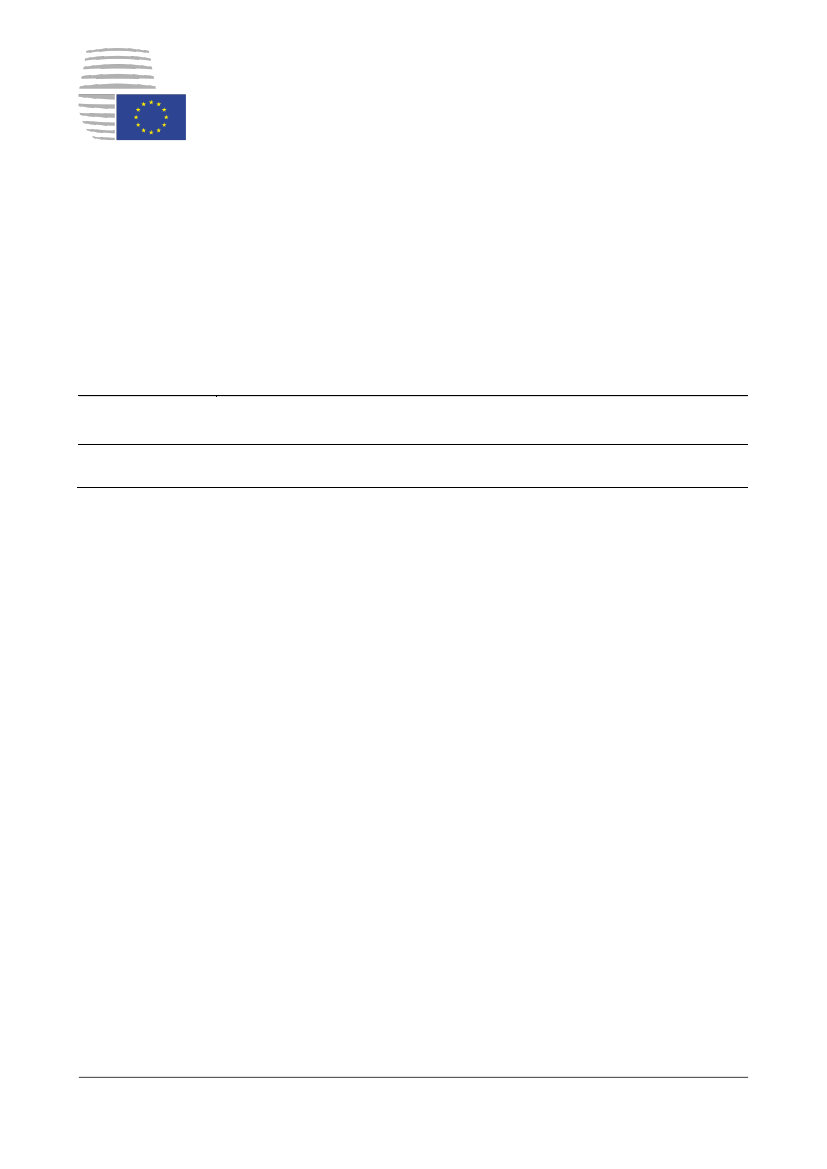
Council of the
European Union
Brussels, 10 November 2014
(OR. en)
15195/14
CO EUR-PREP 44
ENER 451
POLGEN 155
NOTE
From:
To:
Subject:
Presidency
Permanent Representatives Committee/Council
EC follow-up: Thematic debate on Strategic Agenda priorities - Towards an
Energy Union with a forward-looking climate policy
This note sets out the state of play on some of the main orientations relevant to the third priority
area of the Strategic Agenda adopted in June 2014, Towards an Energy Union with a forward-
looking climate policy. It aims to provide the Council with an overview of progress achieved on
relevant policies and to serve as a first basis for discussion on further steps required in this area.
The discussion will be focused on the following questions:
1. What is the assessment of the ministers regarding the progress achieved so far?
2. Is there scope to improve the follow-up, both at national and European levels, and how?
15195/14
DPG
OD
EN
1